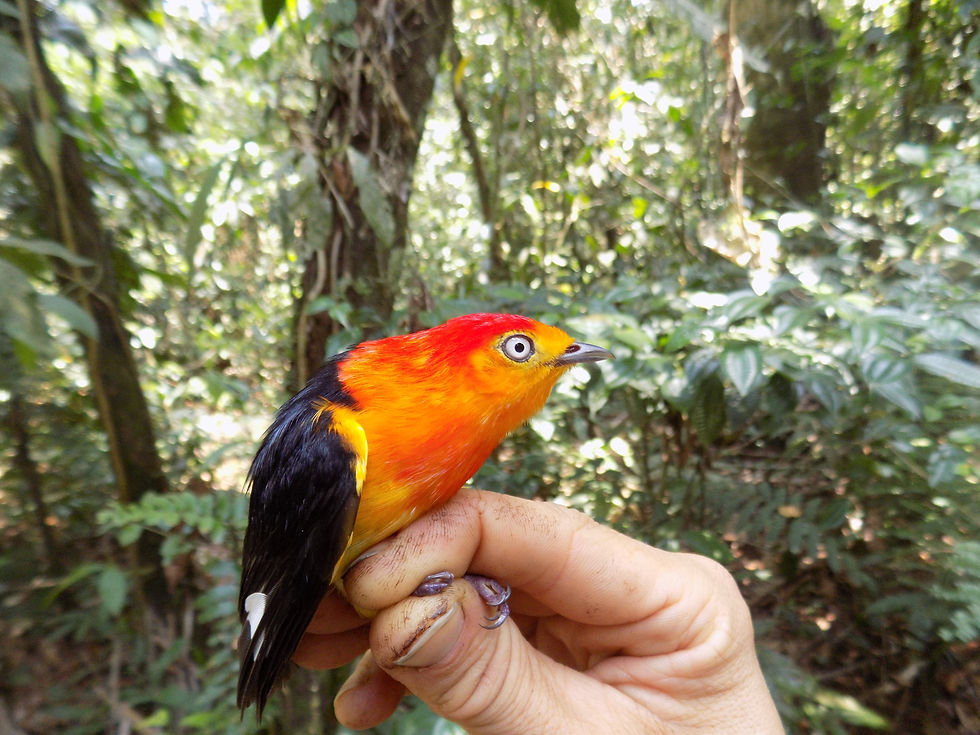Kārearea on the rise
- Micah Scholer
- Nov 25, 2018
- 2 min read
Updated: Sep 24, 2020
The Kārearea, or New Zealand Falcon (Flaco novaseelandiae), is recovering in numbers throughout parts of its range, and it's not your typical conservation success story...

For most of us, a conservation success story congers up images of restoring native habitat or protecting tracks of land from further development. Rightly so; habitat loss is one of the leading causes of biodiversity loss worldwide, and an estimated 50% of earth’s surface has been modified or degraded by humans. Human modified landscapes are everywhere around us from the urban and rural centers in which we live to the fields and farms where we grow the food and fabrics of our nations. A key aspect of conservation of plants and animals, therefore, is understanding how these landscapes, along with existing natural habitats, can be used or enhanced to help support native species. The Karearea (Falco novaeseelandiae) or New Zealand Falcon, provide an excellent example.
Karearea are endemic to New Zealand and often nest on or near the ground. In recent years, an increasing number of birds have made their home in pine plantations on New Zealand’s North Island. Most plantations consist of just a single tree species, typically Radiata Pine, and are managed as even-aged stands. This means all the trees in a given area, which may range from 5–10 or up to several 100 hectares, are approximately the same age. After 25 years of age, trees are ready for harvest and are clear-felled leaving a mosaic of different age blocks of pine across the landscape.

These cut blocks provide excellent nesting habitat for the falcon; they nest in the recently cut pine and use the surrounding open areas and edges of older-aged forests to hunt songbirds. To top it off, most of the songbirds that they eat are themselves introduced species, such as European Blackbirds and Yellowhammers.
The success of the Karearea in New Zealand’s pine plantations has been made possible largely through collaborations between industry and conservation organizations, such as those between Timberlands, who manage New Zealand’s largest pine plantation, Kaingaroa, and the non-profit raptor rehab and education center, Wingspan. Conserving biodiversity cannot be accomplished solely by relying on areas that have been set aside or designated as protected, and partnerships such as these are likely to be increasingly important in future generations.



Comments